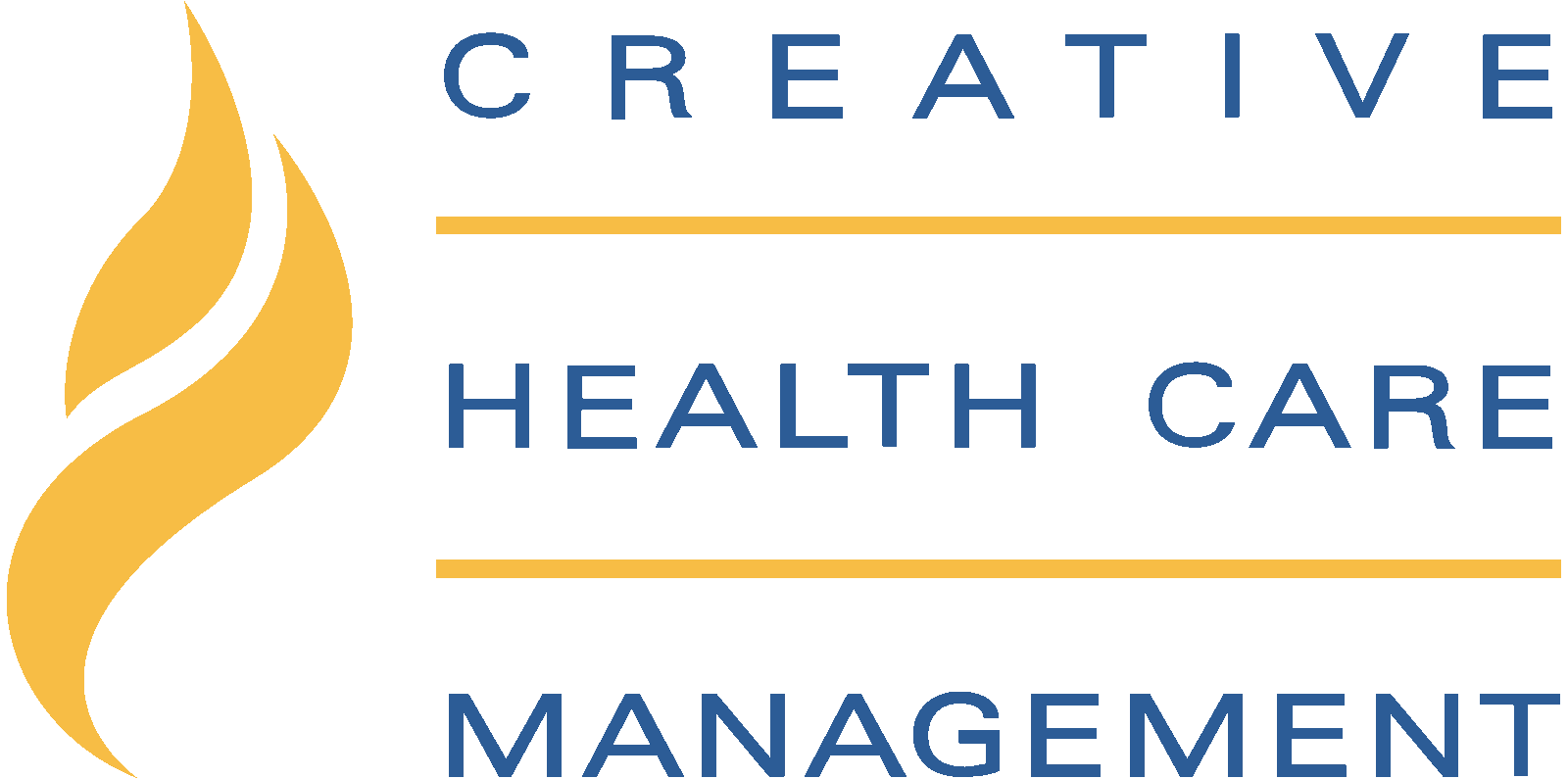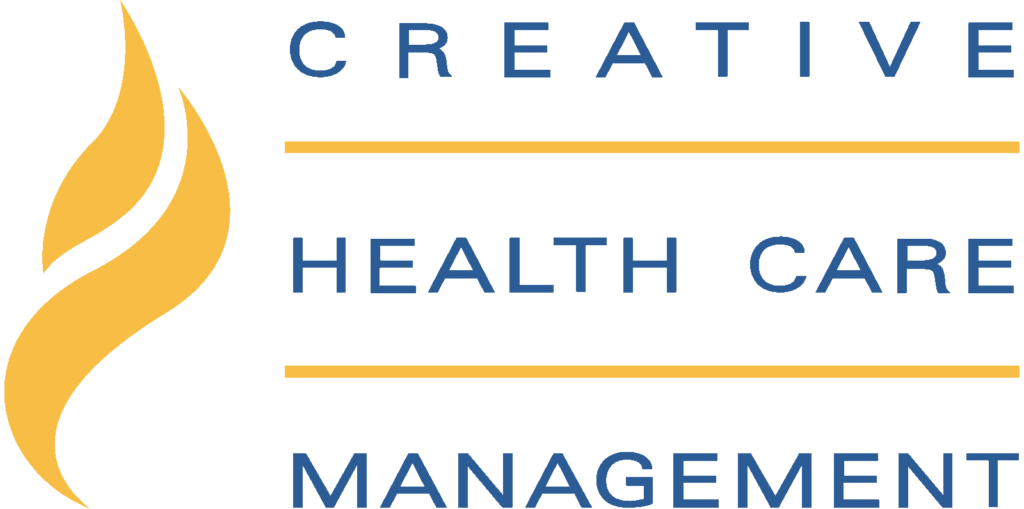Every profession needs a blueprint to standardize the demands associated with it. Ida Jean Orlando recognized this reality and developed the nursing process in 1958. She established this standard to guide nursing care practitioners, which remains relevant to this day.
The nursing process is a five-step systematic approach to care. It utilizes critical thinking skills, patient-focused care, goal-oriented tasks, recommendations, evidence-based practices, and nursing intuition.
This process also integrates holistic and scientific postulates, serving as the foundation of compassionate, quality care. Its steps apply to all types of nurses. In this post, we define different kinds of nurses and the five processes they go through.

Different Types of Nurses
Every nurse undergoes a thorough educational and professional program and uses the nursing process’s core values to guide their work. However, a nurse’s role can differ based on the specific responsibilities of the nursing profession.
Some nurses work directly with communities and deliver patient care while others might focus on research-related activities. Today, the U.S. divides nursing roles into three categories.
Registered Nurse
Registered nurses (RN) provide direct patient care wherever necessary. They are the backbone of the United States healthcare system. On top of being healthcare experts, RNs also provide nursing education, health promotions, and counseling services.
Other key responsibilities associated with RNs include performing physical exams, reviewing a patient’s health history to make proper decisions, administering medications, and personalizing interventions. RNs may also coordinate care with other health care professionals.
Advanced Practice Registered Nurse
Advanced practice registered nurses (APRN) are RNs with a master’s degree or higher. They are graduate-level healthcare professionals that have all the standard nursing education and licensing requirements of RNs.
APRNs are responsible for providing public primary and preventative health care services. They also diagnose illnesses, treat diseases, advise the public about current health issues, and manage their patients’ chronic disease symptoms.
APRNs may practice specialist roles. For example, they can provide gynecological care as certified nurse-midwives. Meanwhile, clinical nurse specialists can assist with physical and mental health problems. Other APRNs include nurse practitioners and nurse anesthetists.
Licensed Practical Nurse
Also known as licensed vocational nurses, licensed practical nurses (LPN) are supportive members of healthcare teams. They usually have an RN, APRN, or MD to supervise them.
LPNs ensure a patient’s well-being through their entire care journey, which includes providing basic healthcare services and performing routine medical assistance. They could monitor any deterioration or improvement in a patient’s vital signs.
These healthcare professionals also apply bandages, change wound dressings, and administer medications when needed. They also make sure to keep patients hydrated and monitor that they have their meals at the right time. LPN careers include pediatric nurses, oncology nurses, and emergency room nurses.

What Is the Nursing Process?
Although there are different categories of nurses who have unique roles depending on their specialties, they all follow the nursing process. This common factor is the core of every nursing practice, ensuring they deliver comprehensive patient-centered care.
The nursing process is a systematic guide involving five sequential steps that ensure proper client-centered care. This process also allows nurses to evaluate how patients respond to care so they can adjust accordingly. Here is each step of the framework for nursing care.
1. Assessment
The first phase of the nursing process is assessment. It involves the application of critical thinking skills. Nurses collect and analyze subjective and objective data to help determine the patient’s condition.
Subjective assessment data includes statements from the patient or their caregiver. The patient can describe what they are feeling, which will help point the nurse in the right direction in diagnosing their condition. Nurses also gather objective data from measurable and tangible sources like health records.
During the assessment phase, nurses may also use input from the patient’s friends and family members.
One example of gathering data is if the patient in pain responds to requests for more medication. Those requests could be hints that the patient’s condition is more serious than they initially let on. Thus, the nurse can report and act accordingly.
Assessments require critical thinking skills because of the constantly changing circumstances in the healthcare system. With so many variables, nurses must examine concepts linked to quality patient care and apply the most appropriate ones.
2. Diagnosis
After assessing a patient’s condition, nurses will formulate a nursing diagnosis. According to the North American Nursing Diagnosis Association (NANDA), nursing diagnoses are a nurse’s clinical judgment on a patient’s responses to actual or potential health problems.
The American Nurses Association (ANA) also designated the diagnosis phase as the second Standard of Practice. According to the ANA, diagnosis involves the RN’s analysis of assessment data to determine actual or potential diagnoses, problems, and issues.
Abraham Maslow’s Hierarchy of Needs is the primary model in the diagnosis phase. It helps nurses prioritize what care may be most appropriate for positive patient outcomes. Then, they can plan accordingly. His hierarchy includes:
- Basic physiological needs: Nutrition is the top physiological need for patients. Their toileting needs are also basic physiological needs. In addition, nurses will consider a patient’s ABCs — airway, breathing, and circulation (suction, oxygen, pulse, cardiac monitor, and blood pressure). Finally, they will factor in the patient’s sleep, sex, shelter, and exercise habits.
- Safety and security: Patients need injury prevention measures, such as call lights, side rails, seat belts, and suicide precautions. Needs at this level also include therapeutic relationships with the patient’s health care team that are built on trust and safety. Finally, patient education is necessary for nurses to modify risk factors for a patient’s condition.
- Love and belonging: Nurses foster supportive relationships with patients by employing methods that avoid social isolation. Diagnosing a patient could also involve techniques where the healthcare team actively listens and communicates with the patient to fulfill their need for love and belonging.
- Self-esteem: This need is about a patient’s acceptance in their community. It gives them a sense of personal achievement, control, or empowerment. Nurses may also focus on factors that help patients accept their physical appearance.
- Self-actualization: Maslow described this necessity as a patient’s need for an empowering environment. It is also about spiritual growth and recognizing another’s point of view. Humans need self-actualization to reach their fullest potential.
By looking at their patient’s needs based on Maslow’s hierarchy, nurses are more likely to make a correct medical diagnosis and save time and effort in achieving positive patient outcomes.
3. Planning
Also known as the outcomes stage, the planning phase is when nurses begin formulating an action plan. Using all their nursing knowledge, the nurse will form goals prioritizing patient safety. Their goals could be connected to a patient’s physical health, particularly their ABCs. In general, goals must be specific, measurable, action-oriented, realistic, and time-oriented.
Having nursing care plans also helps in setting goals. Care plans enhance communication of care across the healthcare continuum. They are also essential for documenting a patient’s medical record and reimbursing any applicable service. In addition, care plans can plot the continuity of care that a patient receives, which will be helpful should they go to other health professionals.
4. Implementation
This step involves action. During the implementation phase, nurses carry out the nursing interventions outlined in their plan of care. They can use cardiac monitors, provide oxygen, administer medication, or perform standard treatment protocols.
Nurses must assure the continuity of care for patients during hospitalization and when preparing for discharge. Accordingly, they must implement all medical services according to the plan developed from objective and subjective data beforehand.
5. Evaluation
Finally, the evaluation phase is when nurses compare the patient’s status and see whether they have achieved or are heading toward achieving their desired outcomes. Regular reassessment will be necessary during evaluation to determine whether nurses must adjust their care plan.
Adjusting care plans ultimately helps lead to a positive patient outcome. Nurses can then use other evidence-based nursing interventions based on other clinical judgments, which would change the expected outcome.
Final Words
A nursing school student or graduate must learn the nursing process to flourish in their nursing career. The nursing process functions as a guide for health professionals caring for patients.
It is a five-step process involving assessments of patient behavior, diagnosing their potential condition, planning a course of action, implementing services, and evaluating findings. Nurses will apply their knowledge to set expected outcomes and work to achieve a positive outcome.
The process applies to nurses of all types, including RNs, APRNs, and LPNs. When a healthcare provider intervenes, develops medical diagnoses, and implements care during the nursing process, they must prioritize patient satisfaction and safety.
How CHCM works with Nurse Leadership
Creative Health Care Management is a woman owned consulting group with their headquarters in Minnesota. Our leadership understands the nursing process as they have been active nurses themselves and now guide healthcare organizations to advance their culture as well as support the Magnet® or Pathway® process.
Our solutions improve outcomes. If we can be of service to your organization, or if a speaker is needed, don’t hesitate to reach out to us today.
Sources:
https://www.nursingworld.org/practice-policy/workforce/what-is-nursing/the-nursing-process/
https://www.nursingworld.org/practice-policy/workforce/what-is-nursing/
https://www.ncbi.nlm.nih.gov/books/NBK499937/
https://www.nursingprocess.org/Nursing-Process-Steps.html





